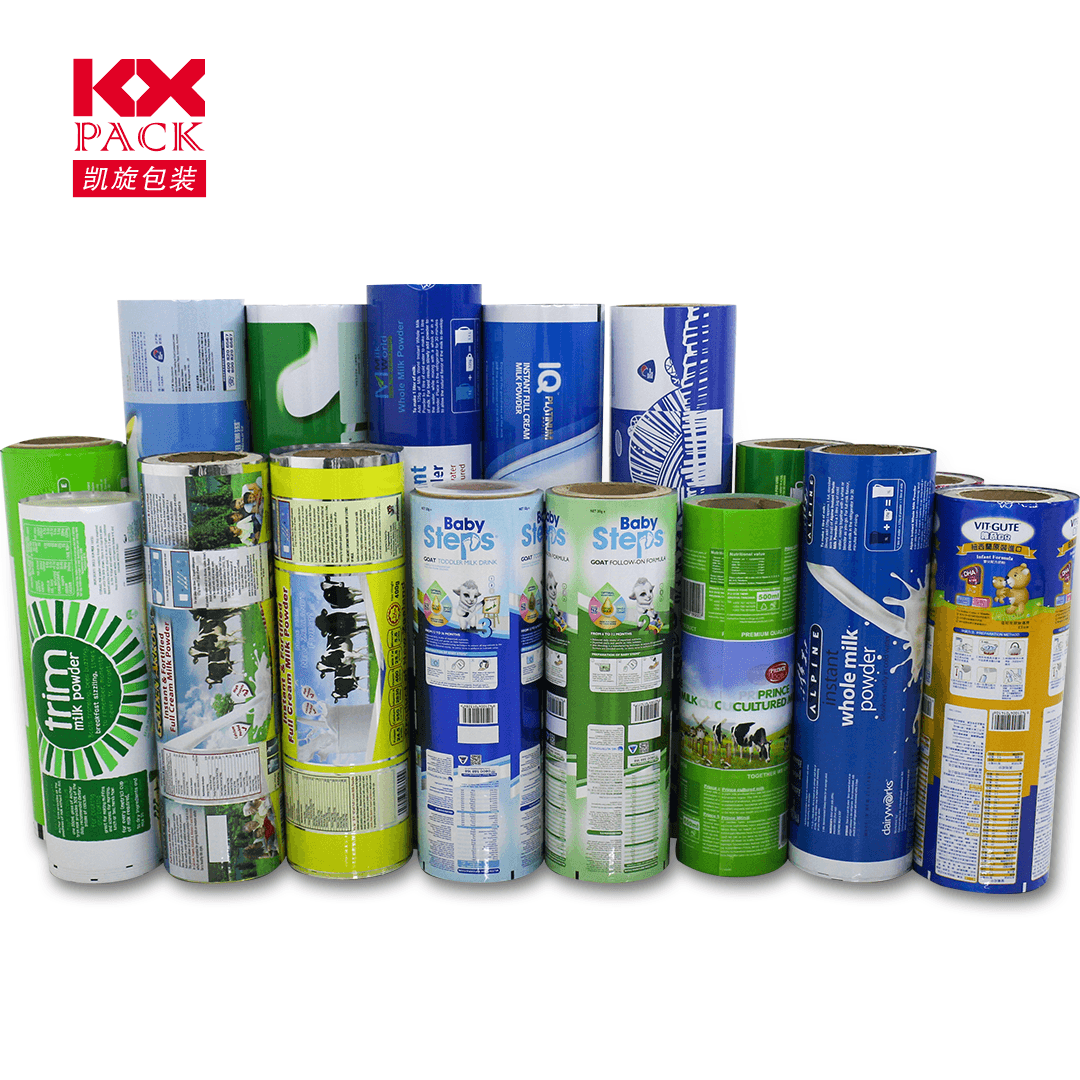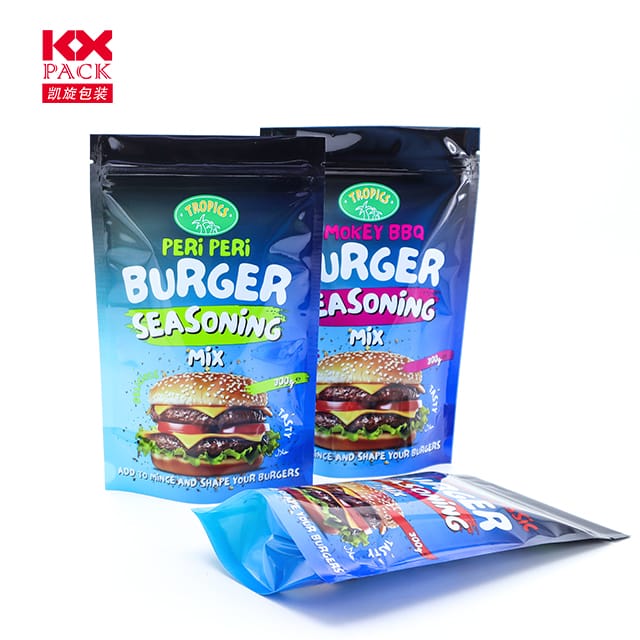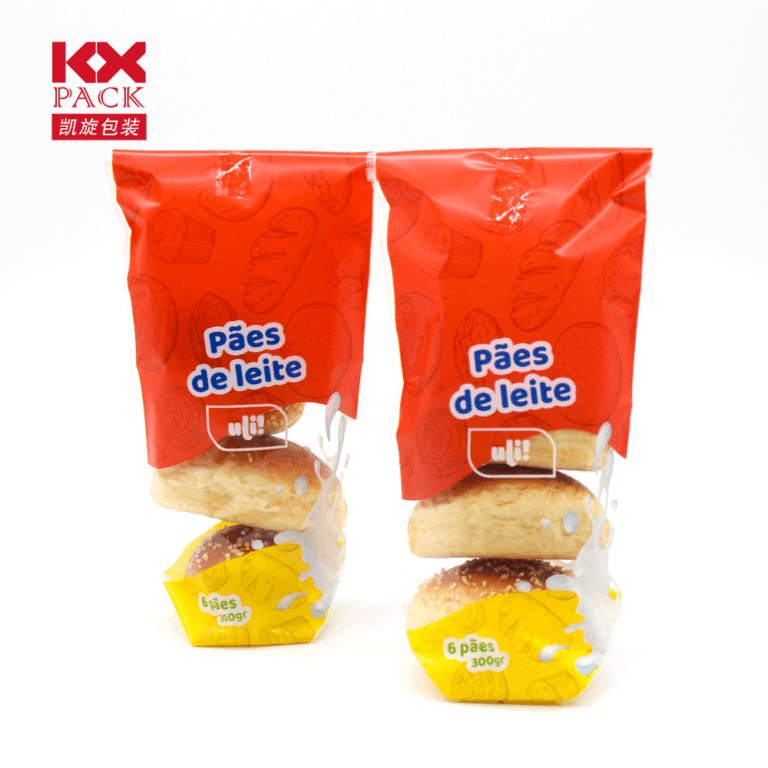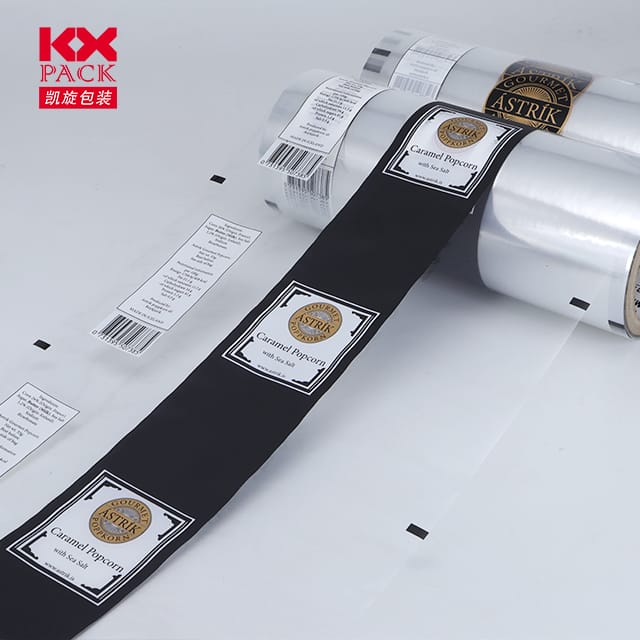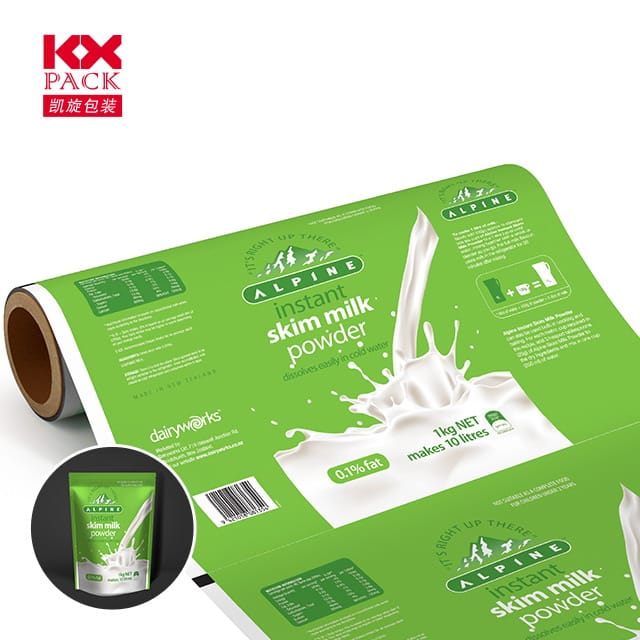Exploring the Diverse World of Flexible Packaging Film Types: Een uitgebreide gids
Flexible Packaging Film Types
In de snelle consumentenmarkt van vandaag, flexible packaging films have become indispensable for preserving freshness, De houdbaarheidsleven verlengen, and enhancing product appeal. From snacks and beverages to pharmaceuticals and electronics, these versatile materials adapt to countless applications. But with so many options available, how do you choose the right type for your needs? Let’s dive into the most commonflexible packaging film types, their properties, and ideal use cases.
1. Polyethyleen (PE) Films: The All-Purpose Champion
Polyethylene is one of the most widely used materials in flexible packaging due to its affordability, flexibility, and moisture resistance. It comes in three primary variants:
- Polyethyleen met lage dichtheid (LDPE): Soft and transparent, LDPE is perfect for food bags, shrink wrap, and lightweight packaging.
- Hogedichtheidspolyethyleen (HDPE): Stronger and more rigid, HDPE is ideal for heavy-duty applications like grocery bags, detergent pouches, and industrial liners.(Flexible Packaging Film Types)
- Linear Low-Density Polyethylene (LLDPE): Combines the best of both worlds with enhanced puncture resistance and stretchability, making it great for frozen foods and agricultural films.
Best for: Everyday consumer goods, fresh produce, and moisture-sensitive products.
2. Polypropyleen (PP) Films: Clarity and Strength Combined
Polypropylene films are known for their excellent optical clarity, heat resistance, and barrier properties. They come in two main forms:
- Biaxiaal georiënteerd polypropyleen (Bopp): This stretchable, glossy film is a top choice for snack packaging, labels, and laminates due to its high tensile strength and printability.
- Cast Polypropylene (CPP): Softer and more heat-sealable than BOPP, CPP is often used in food wrappers, medical packaging, and textile coatings.
Best for: High-visibility packaging, microwaveable foods, and products requiring a premium look.
3. Polyester (HUISDIER) Films: Durable and Barrier-Enhanced
Polyester films, particularlybiaxially oriented polyethylene terephthalate (Lijden), offer exceptional strength, chemical resistance, and gas barrier properties. They’re often laminated with other materials to create multi-layer structures.
Key features:
- High tensile strength
- Resistance to oils, zuren, and UV light
- Excellent oxygen and moisture barrier when combined with coatings or aluminum foil
Best for: Beverage bottles, koffie verpakking, elektronica, and pharmaceuticals.
4. Polyamide (Nylon) Films: Flexibility Meets Puncture Resistance
Polyamide films, zoalsnylon 6 or nylon 6,6, are prized for their toughness and ability to withstand repeated flexing without tearing. They’re frequently used in vacuum packaging and retort pouches (for sterilized foods).
Key features:
- High puncture resistance
- Excellent oxygen barrier properties
- Heat-resistant for retort processes
Best for: Meat packaging, kaas, kant-en-klare maaltijden, and medical devices.
5. Aluminum Foil Laminates: Ultimate Barrier Protection
When ultimate protection against light, zuurstof, and moisture is required, aluminum foil is laminated with other films (Bijv., PE, HUISDIER, or PP). This creates a lightweight yet impermeable barrier.
Key features:
- 100% opacity (blocks light)
- Superior gas and aroma barrier
- Heat-sealable for airtight packaging
Best for: Coffee, spices, geneesmiddelen, and sensitive electronics.
6. Biodegradable and Compostable Films: Eco-Friendly Alternatives
With sustainability in focus, biodegradable films made frompolylactic acid (PLA), starch blends, ofcellulose-based materials are gaining traction. These films break down naturally under specific conditions, reducing plastic waste.
Key considerations:
- Check certification standards (Bijv., OK Compost, ASTM D6400).
- Performance may vary in terms of strength and barrier properties.
Best for: Single-use packaging, organic foods, and eco-conscious brands.
How to Choose the Right Flexible Packaging Film
- Assess product needs: Consider factors like shelf life, sensitivity to light/oxygen, and required durability.
- Evaluate environmental goals: Opt for recyclable, biologisch afbreekbaar, or compostable options if sustainability is a priority.
- Review manufacturing processes: Some films require specialized equipment for sealing or printing.
- Test performance: Conduct trials to ensure the film meets your quality standards under real-world conditions.
Laatste gedachten
The world offlexible packaging film types is vast, but understanding the strengths of each material can help you make informed decisions that balance cost, prestatie, en duurzaamheid. Whether you’re packaging a crunchy snack or a delicate medical device, there’s a film designed to meet your exact requirements.
What’s your biggest challenge when selecting packaging films? Share your thoughts in the comments below! 🌍📦
Trefwoorden: flexible packaging film types, polyethylene film, polypropylene film, PET film, biodegradable packaging

